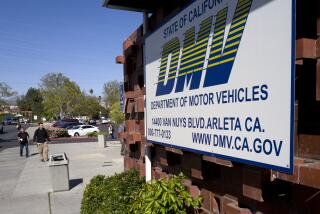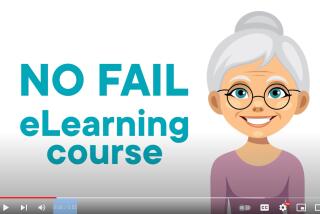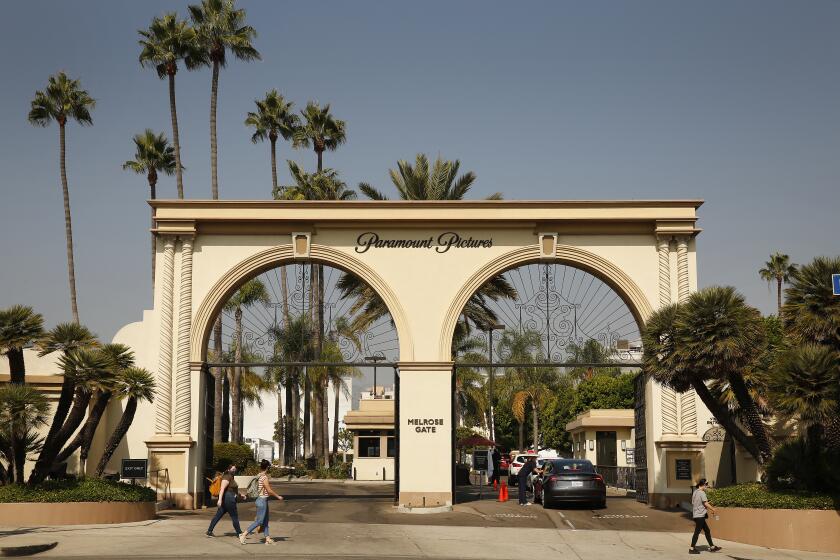Fewer teens getting driver’s licenses as more seniors retain them
- Share via
In an era of expensive gasoline and a threadbare economy, fewer young people are getting driver’s licenses and more older people are holding on to them as long as possible.
The data reflect big behavioral, technological and economic shifts, said Michael Sivak, research professor at the University of Michigan’s Transportation Research Institute.
“The availability of virtual contact through electronic means has reduced the need for actual contact among young people,” said Sivak, who holds a doctorate in psychology.
Parents worry that texting imperils driving skills, but Sivak’s research appears to indicate that teenagers think traffic congestion and high fuel costs are the real nightmares, taking up time and money that could otherwise be spent on electronic communication.
Sivak’s data run from the beginning of 1983 through 2008, when the global recession had been underway for a year. Home values were falling fast from a peak in 2006. And in the second half of 2008, mobile phone users were texting an average of 357 times a month while making just 204 voice calls a month, according to the Nielsen Mobile Report. The other big event late in that 25-year period began in 2007, when the average price of a gallon of gasoline in California and around the nation reached seasonal highs in the second half of the year, Energy Department statistics show. That led to record high averages of $4.588 a gallon in California and $4.114 a gallon nationally in summer 2008.
Between 1983 and 2008, Sivak said the percentage of 16-year-olds obtaining driver’s licenses around the nation fell from 46.2% to 31.1%. The percentage of 17-year-olds with licenses fell from 68.9% to 50%. For 18-year-olds, the drop was from 80.4% to 65.4%.
The declines were progressively smaller as the age range climbed. The numbers showed big increases in the number of older Americans holding on to their driver’s licenses.
In the 60 to 64 age range, the percentage with driver’s licenses increased from 83.8% to 95.9%. For those 65 to 69, license holders increased from 79.2% to 94%. For those 70 and older, the percentage with licenses grew from 55% to 78.4%.
“The elderly are less likely to give up their mobility now than they were 25 years ago,” Sivak said.
The improving health of older Americans is probably one factor; baby boomer stubbornness compared to other generations might be another. A third factor could be that they were beginning to put off retirement after watching nest eggs shrink from home value losses and the recession, just as record fuel costs were whacking their wallets, Sivak said.
Fuel prices appear to be repeating the pattern they set in 2007, maintaining a high toll on drivers.
In California, the average price of a gallon of regular gasoline fell 6.3 cents over the past week to $3.655, according to the Energy Department’s weekly fuel price survey. But that was still 43.9 cents a gallon above the year-earlier price and 29.4 cents above the prior record for the week, set in 2007.
Nationally, the average price of a gallon of regular gasoline fell 1.7 cents to $3.290. That was 33.2 cents a gallon more than a year earlier and 22.9 cents above the record for the week, also set in 2007.
In other energy news, West Texas Intermediate crude gained 3 cents to close at $100.99 a barrel on the New York Mercantile Exchange. In London trading, Brent crude fell 15 cents to $109.53.
More to Read
Inside the business of entertainment
The Wide Shot brings you news, analysis and insights on everything from streaming wars to production — and what it all means for the future.
You may occasionally receive promotional content from the Los Angeles Times.










